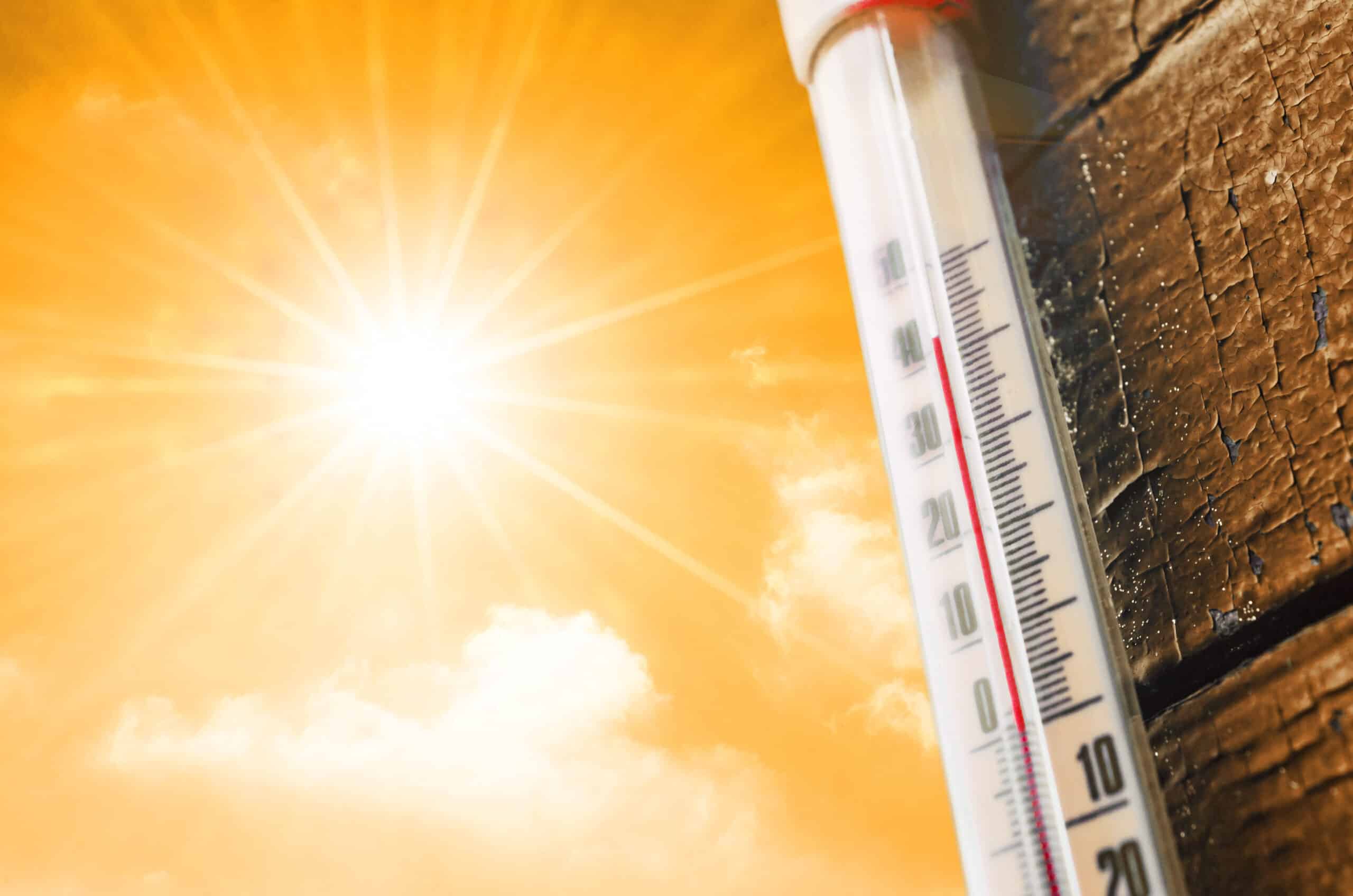The majority of climate studies projecting heat stress focus on heat extremes but have not considered the role of humidity which is another key driver; rising temperatures are increasing heat stress which is harmful to human health, agriculture, the economy, and the environment.
“When we look at the risks of a warmer planet, we need to pay particular attention to combined extremes of heat and humidity, which are especially dangerous to human health,” said senior author Robert E. Kopp, director of the Rutgers Institute of Earth, Ocean, and Atmospheric Sciences and a professor in the Department of Earth and Planetary Sciences in the School of Arts and Sciences at Rutgers University-New Brunswick.
“Every bit of global warming makes hot, humid days more frequent and intense. In New York City, for example, the hottest, most humid day in a typical year already occurs about 11 times more frequently than it would have in the 19th century,” said lead author Dawei Li, a former Rutgers postdoctoral associate now at the University of Massachusetts.
Heat stress is caused when the body is unable to cool down properly through sweating, body temperature can increase rapidly and these high temperatures can damage the brain and/or other vital organs. Symptoms range from milder conditions such as heat rash, cramps to exhaustion. Although sometimes symptoms can be mild it should still be taken very seriously because heat stroke is a heat related illness that can kill or cause permanent disability without emergency treatment according to the CDC.
This study examined how combined extremes of heat and humidity increase in the environment using 40 climate simulations to get statistics on rare events, focusing on a measure of heat stress that accounts for temperature, humidity, and other environmental factors such as wind speed, sun, angle, as well as solar and infrared radiation.
Since the late 19th century the planet has already warmed 1.2 degrees Celsius/2.2 degrees Fahrenheit. Annual exposure to extreme heat and humidity in excess of safety guidelines is projected to affect areas that are currently home to 500 million people should the planet warm by 1.5 degrees Celsius/2.7 degrees Fahrenheit; and 800 million at 2 degrees Celsius/3.6 degrees Fahrenheit.
Should the temperature increase an estimated 1.2 billion people would be affected with a 3 degree Celsius/5.4 degree Fahrenheit increase in warming which is expected by the end of this century under the currently existing global policies.
For example, New York City extreme heat and humidity comparable to the worst single day in a typical year today is projected to occur on 4 days a year with warming of 1.5 degrees Celsius and about 8 days a year with warming of 2 degrees Celsius, at 3 degrees Celsius warming the extreme heat and humidity are projected to occur around 24 days a typical year.




